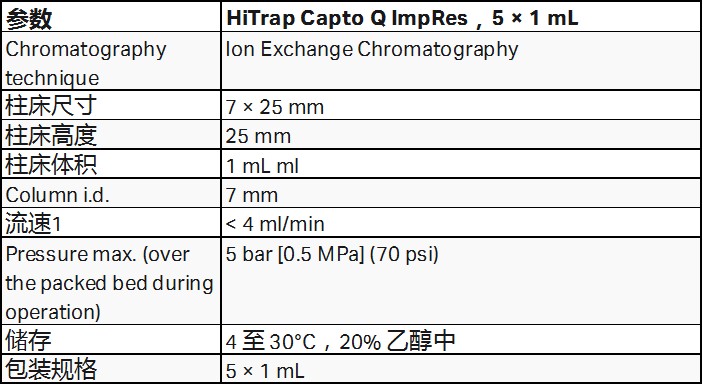

Preferably, the steps are performed in the order as listed above. This is achieved by a method comprising the steps of:Ī) providing a column packed with an Fc-binding affinity chromatography resin b) loading a sample comprising at least two Fc-comprising immunoglobulin variants onto the column c) optionally washing the column with a washing liquid and d) conveying an eluent through the column to elute at least a target immunoglobulin variant from the column and recovering one or more eluate fractions comprising the target immunoglobulin variant, suitably in enriched form. One aspect of the invention is to provide a method of separating immunoglobulin variants directly in the affinity capture step. This applies in particular to bi- and multispecific antibodies which are expressed together with significant amounts of non-desired immunoglobulin variants, such as half-antibodies, homodimeric antibodies etc. There is however also a need for separation between different variants of immunoglobulins present in a cell broth. These protein A matrices are normally used for separation of immunoglobulins from other proteins present in cell cultures. MabSelect SuRe and MabSelect PrismA, GE Healthcare). MabSelect™, GE Healthcare) and of mutated alkali-stable protein A variants (e.g. Accordingly, various matrices comprising protein A-ligands are commercially available, for example, in the form of recombinant protein A (e.g. At present, SpA-based affinity medium probably is the most widely used affinity medium for isolation of monoclonal antibodies and their fragments from different samples including industrial cell culture supernatants. in affinity chromatography for capture and purification of antibodies as well as for detection or quantification.


Staphylococcal protein A (SpA) based reagents have due to their high affinity and selectivity found a widespread use in the field of biotechnology, e.g. These domains are commonly denoted as the E-, D-, A-, B- and C-domains. An example of such a protein is staphylococcal protein A, containing domains capable of binding to the Fc and Fab portions of IgG immunoglobulins from different species. Such reagents can be widely used for affinity chromatography recovery of immunoglobulins from different samples such as but not limited to serum or plasma preparations or cell culture derived feedstocks.

A particularly interesting class of affinity reagents is proteins capable of specific binding to invariable parts of an immunoglobulin molecule, such interaction being independent on the antigen-binding specificity of the antibody. The high commercial demand for and hence value of this particular therapeutic market has led to the emphasis being placed on pharmaceutical companies to maximize the productivity of their respective mAb manufacturing processes whilst controlling the associated costs.Īffinity chromatography is used in most cases, as one of the key steps in the purification of these immunoglobulin molecules, such as monoclonal or polyclonal antibodies. Immunoglobulins represent the most prevalent biopharmaceutical products in either manufacture or development worldwide. The present invention relates to the field of affinity chromatography, and more specifically to differential separations of immunoglobulins with different affinity to Protein A, using affinity separation resins with mutated domains of Protein A.


 0 kommentar(er)
0 kommentar(er)
